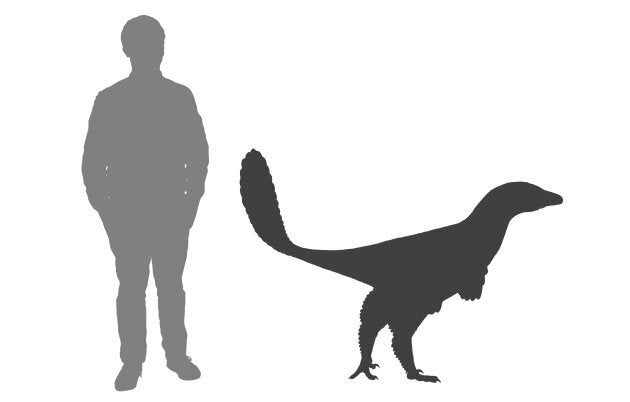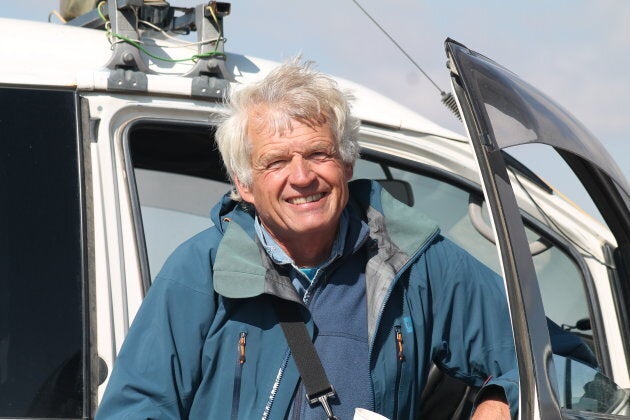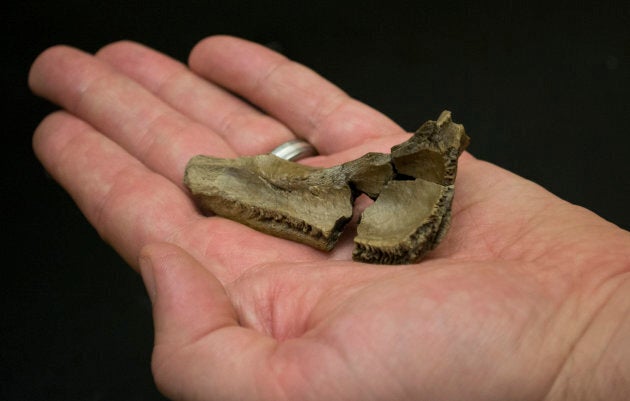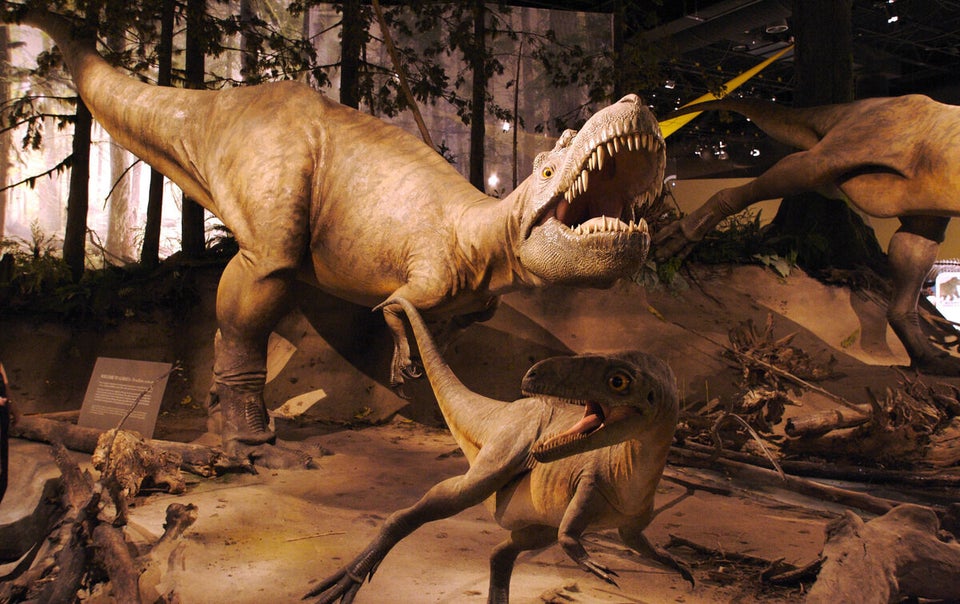A new dinosaur species has been named after a Canadian paleontologist who's dedicated his life to learning more about the enormous reptiles.
The Albertavenator curriei, or "Currie's Alberta hunter" was likely an omnivore, and roamed the Red Deer River Valley region around 71 million years ago, The Independent reported.
The new species was named after Philip J. Currie, who spent decades researching predatory dinosaurs. He was one of the first to speculate that birds were distantly related to dinosaurs. He's had many other dinosaurs named after him, including the Quilmesaurus curriei, Epichirostenotes curriei, Teratophoneus curriei, and Philovenator curriei, but this is only the second Albertan dinosaur to be named after him.

"This is a great honour ... it's in fact an Alberta dinosaur and it's a type of dinosaur that I've worked on over the years," Currie said in an interview with CBC News. "It's extra meaningful."
Based on the fossils, scientists speculate the dinosaur was feathered, walked on two clawed feed, and had small, ineffective wings and serrated teeth. It weighed around 60 kg and was a little under two metres long in adulthood.
The dinosaur was identified based on fossils that were discovered in the 1990s and initially believed to belong to the Troodon dinosaur — a species thought to be the smartest of the dinosaurs — which lived 76 million years ago.

Upon re-examining the bones, researchers concluded Albertavenators had shorter skulls than Troodons.
"The delicate bones of these small feathered dinosaurs are very rare. We were lucky to have a critical piece of the skull that allowed us to distinguish Albertavenator as a new species," David Evans, who led the project, said in a Royal Ontario Museum press release.
"We hope to find a more complete skeleton of Albertavenator in the future, as this would tell us so much more about this fascinating animal."
Along with Troodons, the Albertavenator is also closely related to the velociraptor.

A recreation of what the dinosaur might have looked like depicts it as bird-like, with a blue, feathered tail, wings, and head, and a brown body.
"Given what Phil has done for Alberta paleontology and the contributions he's made to the study of these feathered dinosaurs, it seemed only appropriate to name it after him," Evans told the outlet."To be able to name one of his favourite dinosaurs found in Alberta after him, and honour all the work he's done.... it was great to be able to recognize him for that."
The full findings were published in the Canadian Journal of Earth Sciences. Scientists pointed out that it's difficult to identify dinosaurs from many of the smaller fossils that are found, like teeth.

"Teeth from a jaw that likely pertains to Albertavenator appears very similar to the teeth of Troodon, making them unusable for distinguishing between the two species...The identification of a new species...indicates that small dinosaur diversity...is likely underestimated due to the difficulty of identifying species from fragmentary fossils," the press release states.
Scientists involved with the project say the discovery underscores the importance of constantly studying fossil collections for new information.
Also on HuffPost:
